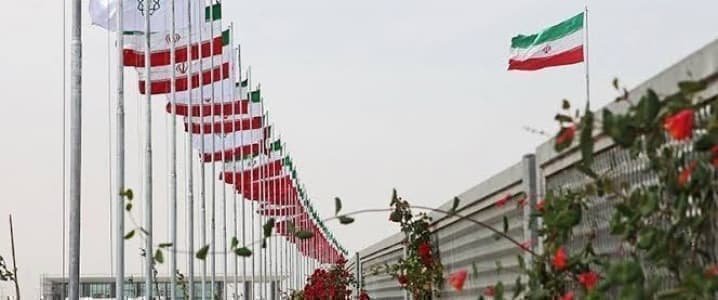It sounds counterintuitive and counterlogical, but there is a possibility that if the current government of Iran is toppled, crude oil prices could drop to $40 a barrel. That’s according to the chairman of JBC Energy, Johannes Benigni, who told CNBC a regime change could return Iran to the negotiating table, implying that the U.S. administration could be happy enough with that to lift the sanctions—an act that would no doubt flood the market with Iranian oil.
But how likely is any of that?
Protests erupted in Iran last week after the government admitted the army had struck a Ukrainian plane by mistake. CNBC quoted some of the protesters as chanting, “They are lying that our enemy is America, our enemy is right here,” suggesting an anti-government movement is gathering momentum and it could eventually lead to a change in government.
Should this happen, according to JBC’s Benigni, the new rulers of Iran might be better disposed towards Washington and agree to negotiate with the Trump administration. Yet some consider this view of opposition in Iran equalling pro-American feelings quite simplistic.
In an article for The Guardian, Reza Akbari from the UK-based Institute for War and Peace Reporting warned against such a black-and-white view of Iran. Iranians, he wrote, are perfectly capable of being both against their current rulers and the United States.
“Iran is a diverse nation of more than 80 million people,” Akbari wrote. “It has an intricate bureaucracy and various centres of political power. The state and social forces seldom act in concert on any issue. People have strong political opinions and a range of socioeconomic backgrounds. No, not all of Iran was united in its grief for Suleimani, but not all of Iran is trying to topple the regime either.” Related: Is Iran Preparing To Send Oil Back To $100?
In other words, even if a regime change does take place there is no certainty whatsoever that the new government would be any friendlier towards the United States than the current one, not least because of the history the two countries have had through a number of governments.
But let’s say the rulers in Tehran change and they are indeed friendlier to the U.S. than the Rouhani government. That would mean negotiations, certainly, but whether these will result in a resumption of full-volume Iranian oil exports is a big open question. The reason is simple: the U.S. has no interest in Iran resuming its exports, not when it was largely U.S. oil that replaced the Iranian barrels lost to sanctions in South Korea and Japan, as well as India.
Now, these are three of the world’s largest oil importers and U.S. exports to them have been growing. In October 2019, for example, the latest data from the Energy Information Administration shows a daily export rate of 239,000 bpd to India, 395,000 bpd to South Korea, and 75,000 bpd to Japan. That’s more than 700,000 bpd taken together and even though none of these three are among the U.S.’ top clients—these are Canada and the EU—they do account for a sizeable portion of exports. Losing much or all of it to cheaper Iranian crude is unlikely to be a scenario looked upon favourably in Washington.
So, it appears that a development that involves a regime change in Tehran with a government that wants to make unconditional peace with the United States, which would in return allow Iran to resume oil exports, is not among the most realistic scenarios out there. The downside risk for prices, therefore, is overwhelmingly hypothetical. Chances are that in the absence of such a seismic geopolitical shift, and as long as OPEC continues its production cuts, prices, as Benigni said, will remain range bound between $60 and $65 through 2020.
By Irina Slav for Oilprice.com
More Top Reads From Oilprice.com:
- Oversupply Fears Are Front And Center In Oil Markets
- Russia’s Government Resigns As Putin Plans Constitutional Changes
- What’s Next For Oil? No One Seems To Agree



















As far as the overwhelming majority of Iranian people is concerned, America will always be the big Satan and neither the incumbent regime nor any other regime will ever negotiate with President Trump. Moreover, Iran will not negotiate even with another administration until some of the sanctions against it are lifted first.
If the de-escalation of the trade war continues to gain momentum this year, oil prices could be projected to average $73-$75 a barrel in 2020.
Dr Mamdouh G Salameh
International Oil Economist
Visiting Professor of Energy Economics at ESCP Europe Business School, London